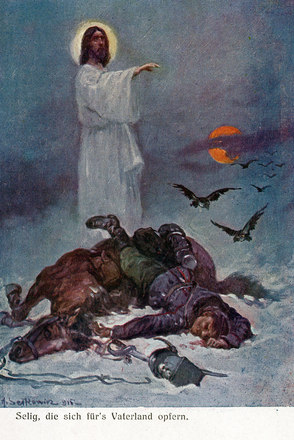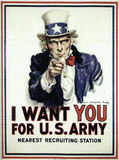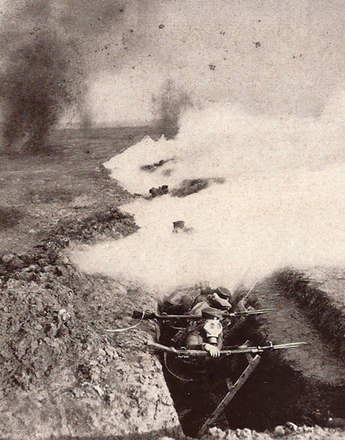Although on the eastern front the war had taken a turn in favour of the Central Powers, on the western front it had obviously reached a stalemate. However, early in 1917 a major turning point arrived with the entry into the war of the United States of America on the side of the Western Powers.
While the Central Powers were tied up on two fronts in Europe, the war was already beginning to take on global dimensions, with the principal element being the great powers’ pursuit of their colonial ambitions. This most especially affected the interests of Great Britain, which unlike the other war parties had made no territorial claims in Europe.
One of Britain’s war aims was to check Germany’s colonial aspirations. Not only did it plan to take over the German colonies in Africa but it also had its eyes on Ottoman territories in the Middle East, because it wished to strengthen its position on the Suez Canal. The Turkish Sultan was an ally of the Central Powers and traditionally had good relations with Vienna and Berlin, both of whom gave the Sultan military assistance, with various degrees of success, in Palestine and Mesopotamia.
The outbreak of war at sea between the German and British navies extended the conflict to yet another front, where in February 1917 a critical escalation was brought about by Germany’s declaration of unrestricted submarine warfare. All merchant ships in the northern Atlantic – whether carrying military or civilian cargoes – were declared to be targets of the German submarine squadrons. The purpose of this offensive was to paralyse Atlantic shipping and to isolate Great Britain economically by cutting off its inexhaustible supply of commodities from over the seas. This was too great a provocation for the USA, which responded in April 1917 by declaring war on Germany.
Even before it became an active party in the conflict the United States of America had been delivering arms and military material to the Western Powers, which had given an enormous boost to its economy. As well as being justified by the proclamation of shared democratic values, the USA’s entry into the war on the side of the Allies was based on the fact of shared war aims.
The entry into the war of the USA with its enormous resources in spring 1917 led to the conflict taking a clear and critical turn in favour of the Western Powers.
The decision of the German high command to pursue the war at sea was also a demonstration of Emperor Karl’s powerlessness. At the end of January 1917 he gave an audience to the German Admiral of the Fleet von Holtzendorf in Vienna. When Karl expressed his objections to the German plans and declined to give his approval, von Holtzendorf replied that his approval was not necessary as the decision for unrestricted submarine war had already been taken. This humiliating experience made it clear to Karl how powerless he in fact was.
Translation: Peter John Nicholson
Bihl, Wolfdieter: Der Erste Weltkrieg 1914–1918. Chronik – Daten – Fakten, Wien/Köln/Weimar 2010
Hamann, Brigitte: Der Erste Weltkrieg. Wahrheit und Lüge in Bildern und Texten, 2. Aufl., München 2009
Hanisch, Ernst: Der lange Schatten des Staates. Österreichische Gesellschaftsgeschichte im 20. Jahrhundert [Österreichische Geschichte 1890–1990, hrsg. von Herwig Wolfram], Wien 2005
Hirschfeld, Gerhard/Krumeich, Gerd/Renz, Irina (Hrsg.): Enzyklopädie Erster Weltkrieg. Aktualisierte und erweiterte Studienausgabe, Paderborn/Wien [u.a.] 2009
Leidinger Hannes/Moritz, Verena: Der Erste Weltkrieg, Wien [u.a.] 2011
Rauchensteiner, Manfried: Der Erste Weltkrieg und das Ende der Habsburgermonarchie 1914–1918, Wien u. a. 2013
-
Chapters
- The enthusiasm for the war
- ‘Brothers in arms’: Austria-Hungary and Germany as partners and allies
- Front lines – The course of the war 1914–16
- Italy enters the war
- The impact of the war on civilian society
- The accession of Emperor Karl
- The Sixtus Letters – Karl’s quest for a way out
- Karl’s bid for freedom
- The Russian Revolution and its consequences
- 1917 – The turning point




